Special Coverage: Protests August 16-17 in SoFla
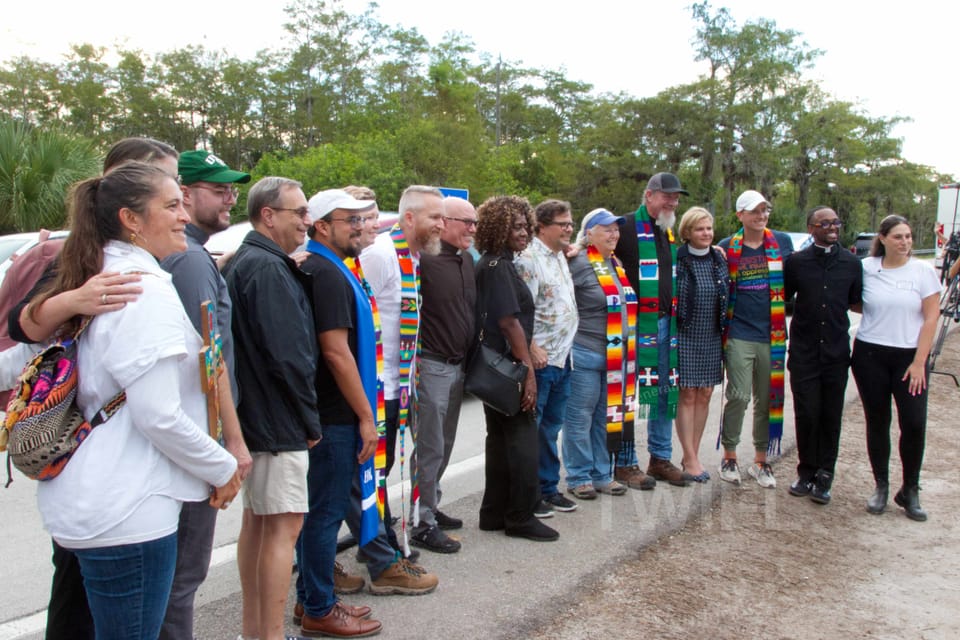
August 19, 2025
by Philip Cardella
This past weekend in the Greater Miami Area there were at least two protest you may have missed. One received solid, though delayed, coverage, the other received none. TWIFL was at both.
Let's start with the small one that got no press coverage.
Small but Powerful
An important intersection, literally and figuratively
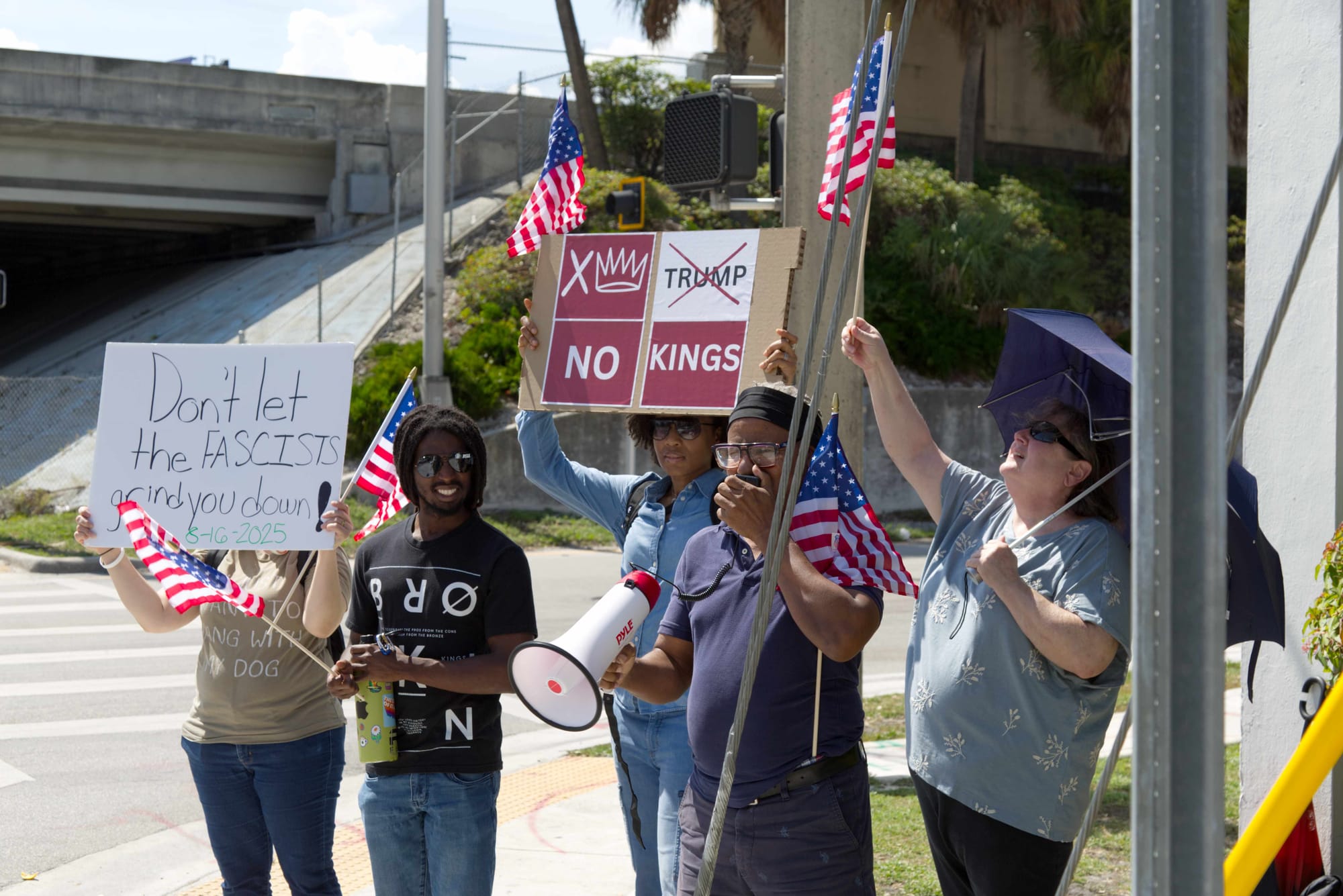
Led by a man named Will, the small but passionate group that gathered on Martin Luther King Jr. Blvd, aka NW 62nd Street, at the intersection of NW 6th Ave. The location is significant for multiple reasons. The first is it is on the eastern edge of what was called the McDuffie Riots in 1980, which erupted after several police officers were acquitted of murdering Arthur McDuffie, just before Christmas 1979, despite one of the officers, Charles Veverka, confessing they beat him to death for no good reason. There had previously been another rebellion in 1972 during the Republican National Committee Conference to nominate Richard Nixon a second time a few miles east in Miami Beach.
The second reason the location is important is that it is the dividing line between to prominent but distinct Black communities in Miami-Dade County. To the west is "Liberty City" home to "Liberty Square" the first public housing for Black Americans, opened during the Roosevelt Administration, and presently being razed for "improvements," despite people still living there. There's a movie about that.
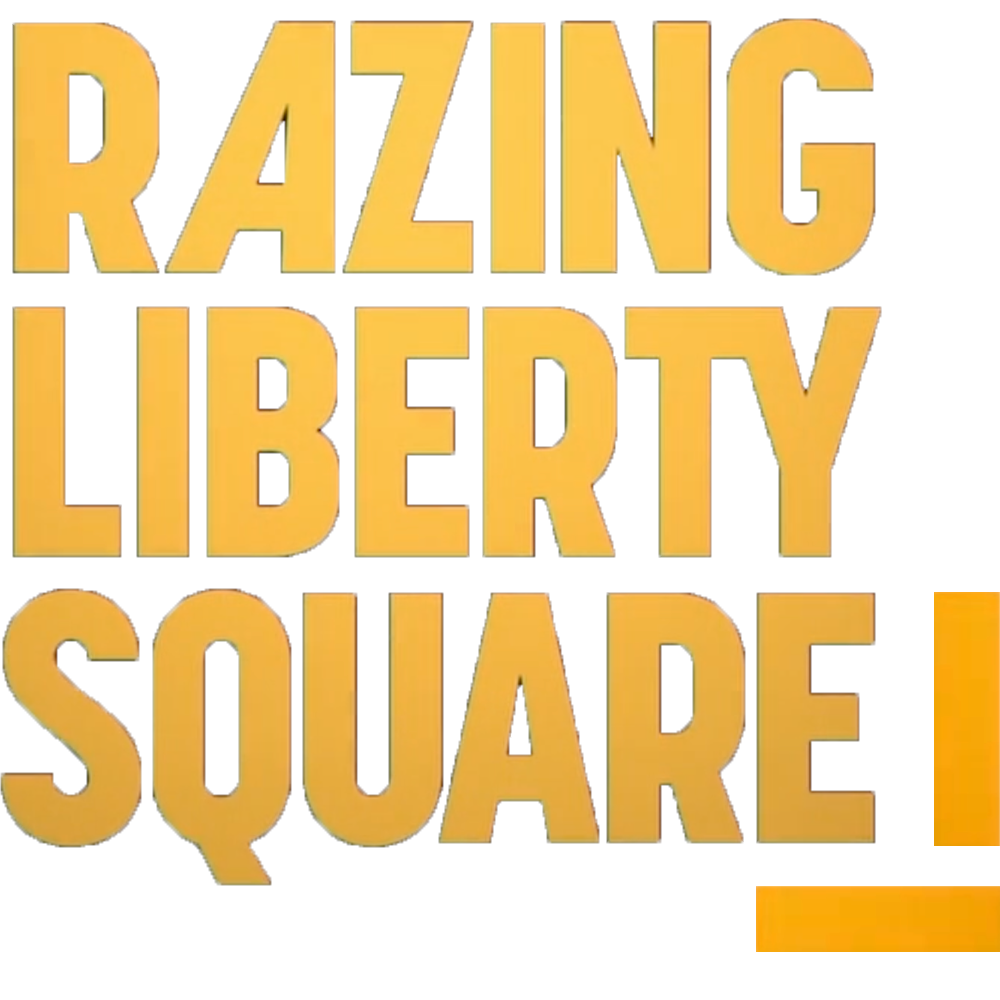
To the east is Little Haiti, where, as the name suggests, immigrants from Haiti settled and whose culture presently dominates the area. I say presently, because the city is razing much of that community as well to build a $2.6 billion dollar multipurpose zone called the "Little River District". There are many promises the Little River District will feature plenty of affordable and workforce affordable housing units, but those types of promises are frequently broken in Miami Dade County.
The development at Liberty Square and the development in Little Haiti are walking distance from one another, controversial and the site chosen for the protest sits directly in the middle of the two.
The third reason the site was particularly powerful is that it is north of Flagler Street, the broad highway that divides the county into "north" and "south" as the street names tell. So far, I am aware of only one other protest north of Flagler. Over fourteen percent of Miami-Dade County is Black, the vast majority of that group of people lives north of Flagler.

While over 400,000 residents in Miami-Dade County are Black, organizers of protests thus far have failed to launch protests in these areas. Areas that were often crucial to the Civil Rights Movement and the advancement of rights after the Civil Rights Era ended.
Will is trying to change that, one person, one protest at a time.
The event, though small, was well organized and thoughtfully planned. Will explained his thinking while talking to protesters on Saturday, which I captured on video.
What about the north?
To me, protesting is a beautiful thing, so important, that it was enshrined in the very first "edit" to the US Constitution. In fact, the signers of the Constitution wouldn't ratify the document without the guarantee of our right to protest. So long as protests remain peaceful, I think they are a beautiful thing.
As is the case with the next story, Will's protest opened with a prayer, an invocation for divine protection and blessing.
Still, I haven't seen any stories noting that, while thousands of people have protested in Miami-Dade County since the start of 2025, only two protests have been held in the northern, densely populated, section of the county. This absence of protests is noteworthy to me. It seems unlikely it is due to a lack of frustration with the residents in the northern part of the county. Will was hot about what he perceives as injustices and overreaches by the Federal and State governments here. The horn blasts and support the group received from local businesses (which asked for anonymity) suggest he's not at all alone.
As professor of Sociology Michael L. Rosino pointed out in Time Magazine this month, civil rights movements need a diverse coalition of people that is adept at building consensus through adaptive and focused outreach. The Student Nonviolent Coordinating Committee, the group that was connected with so much of the Civil Rights Movement, used different outreach tools for the white students in the North it recruited to its cause and the Black residents in the South it relied upon.
A community as diverse as Miami-Dade County requires such coalition building for much to get done around here. If protesters want change, they need to understand this.
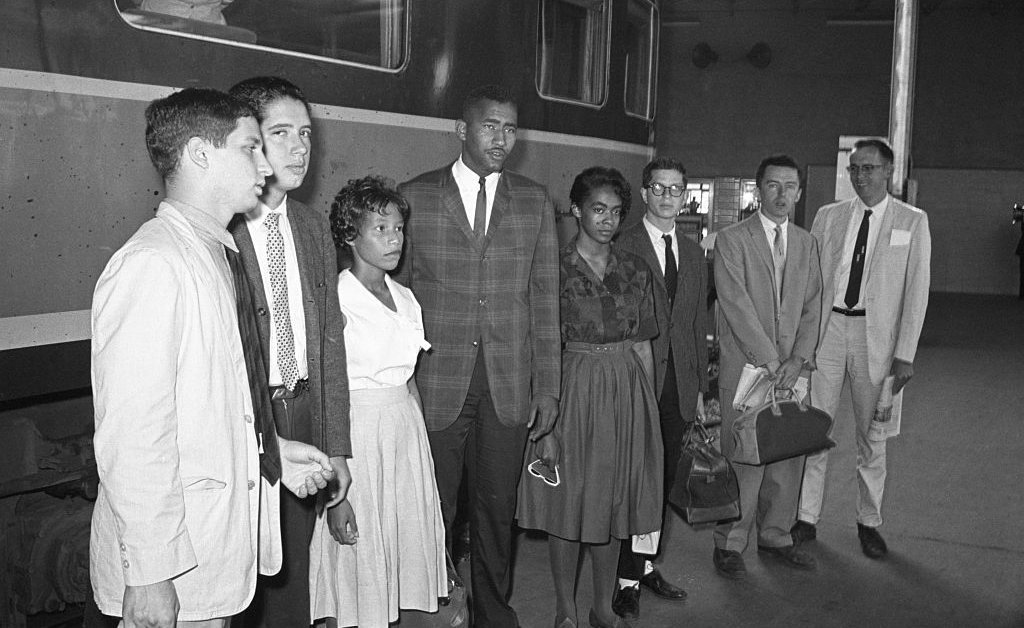
Prayer Vigil #3, in the Everglades
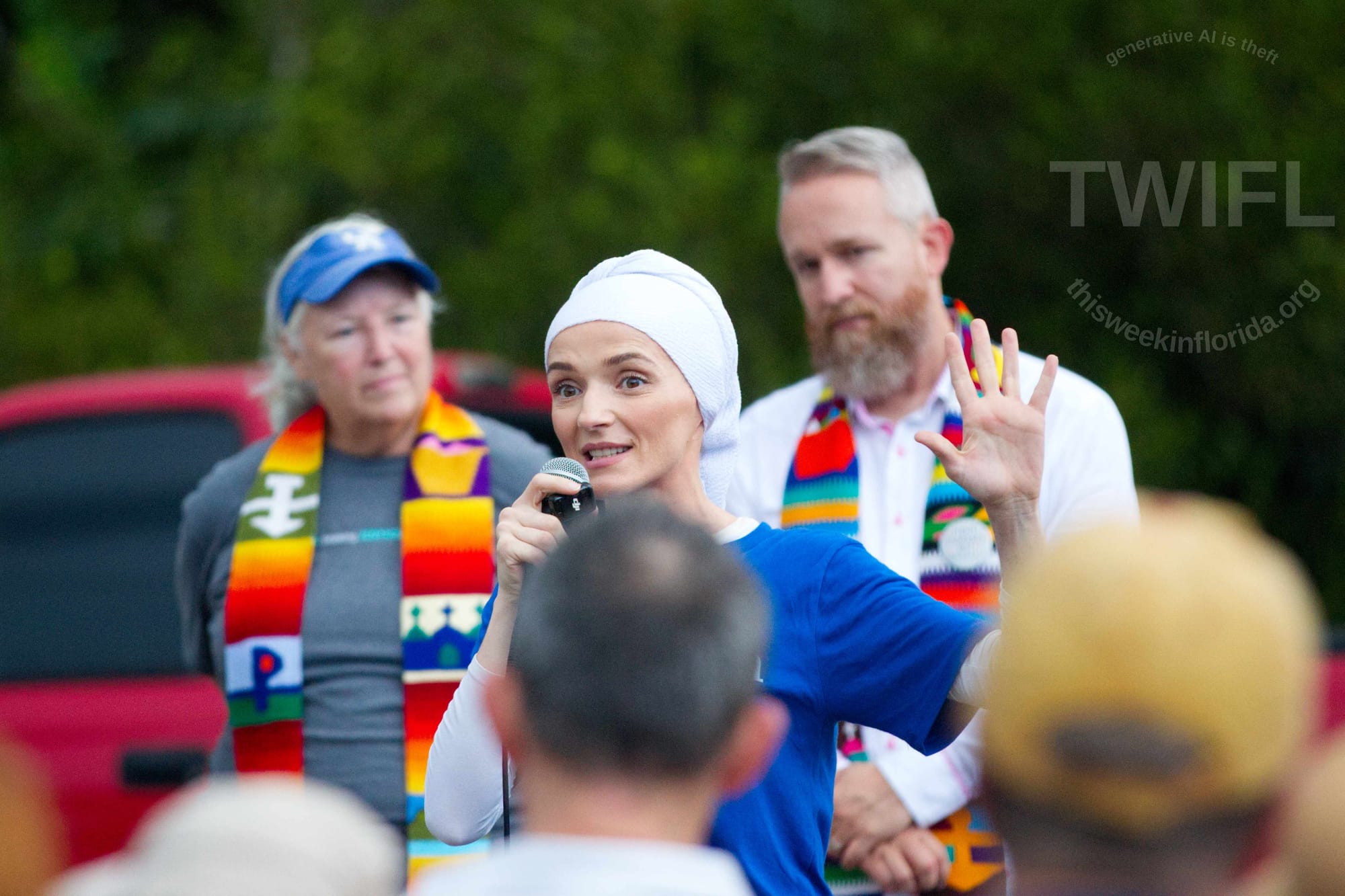
Which brings me to the diverse coalition of faith leaders who gathered for a prayer vigil outside of the detention center in the heart of the Everglades, known by its racist name as "Alligator Alcatraz."
This story has received good media coverage. Its even on the front page of the Miami Herald today, Tuesday, and has been in the news the previous two weeks. I find the delay a bit odd and concerning for this week's prayer vigil in the Everglades across from the detention center in the middle of the tourist highway US 41 commonly called by its racist official name * redacted because its racist *.
That said, the reporter that covered it is a person I've met and have always been impressed with her work and her passion for her craft. Her name is Lauren Constantino and I highly recommend you read the who piece. McClatchy paper's are finally letting subscribers share articles, so this one's on me:

The article opens with this poetic prose, 'As thunder boomed on an ominous Sunday evening just outside of Alligator Alcatraz, over 200 people — most of them reverends, rabbis, pastors and people of assorted faiths — chanted in unison, “Shut it down” and “This is a preserve, not a prison” as cars and trucks zoomed behind them on Tamiami Trail.'
Seriously, you've got to read the piece.
Here's a video I made of the prayer vigil. I did not record people praying, which was the bulk of the event. I did record the "shut it down" chants towards the end.
"I need people to be human beings again"
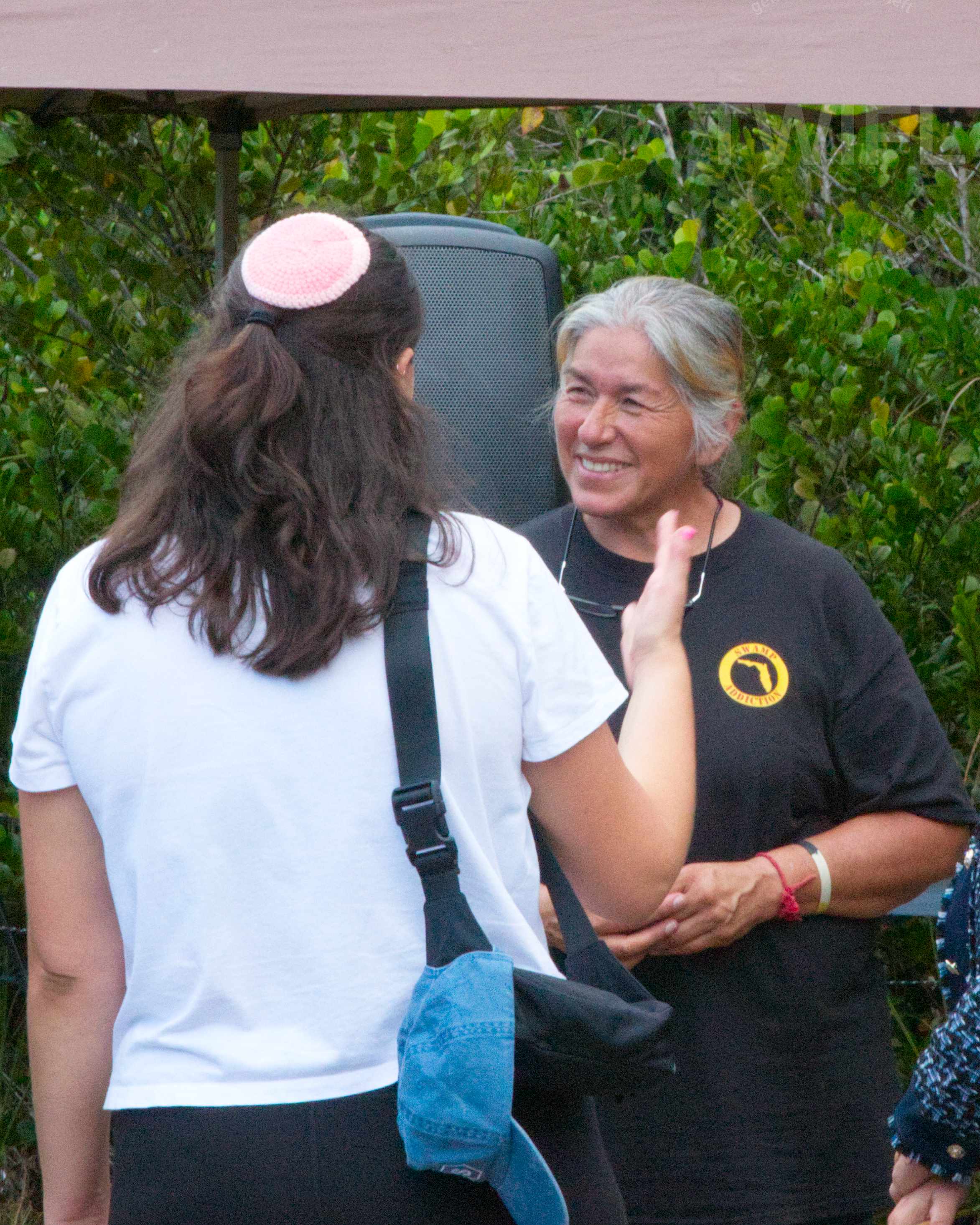
One of the most prominent and important faith leaders for the prayer vigils is Betty Osceola of the Miccosukee Tribe of Indians, on whose land the detention center sits. After a Catholic Mass was held on Sunday (which I missed, unfortunately), a few hours before the prayer vigil Osceola posted this on Facebook:
I will honestly say, not in all my life did I even remotely think I would be visiting a Catholic Mass in an open air church (Mother Earth) in The Everglades. Let alone there would be a Detention Center at the Jeport property AKA TNT, AKA “Alligator Alcatraz”.But here we are in 2025. Since the beginning I have prayed about all this. I have prayed alone, and with others. As I prayed one night across from the entrance road to the Jetport. I also asked Creator “how do you need me to help you? Help me, help you. What do I need to do?” And the reply, clear on the wind, “I need people to be Human Beings again.”
This is the sentiment behind the prayer vigils that have taken place each Sunday in August and are scheduled to continue on Sundays at 5 pm.
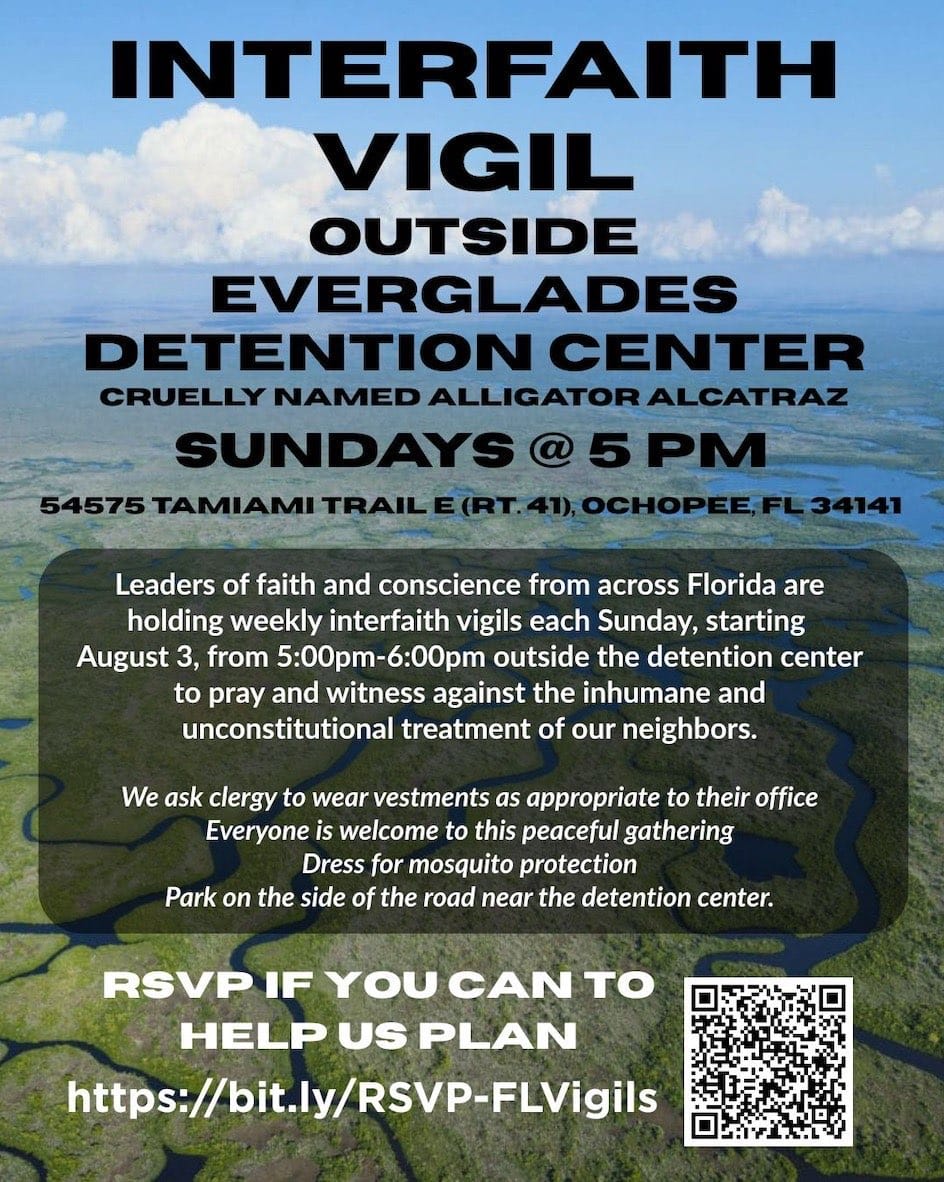
Behind the scenes: how the prayer vigils in the Everglades came to be
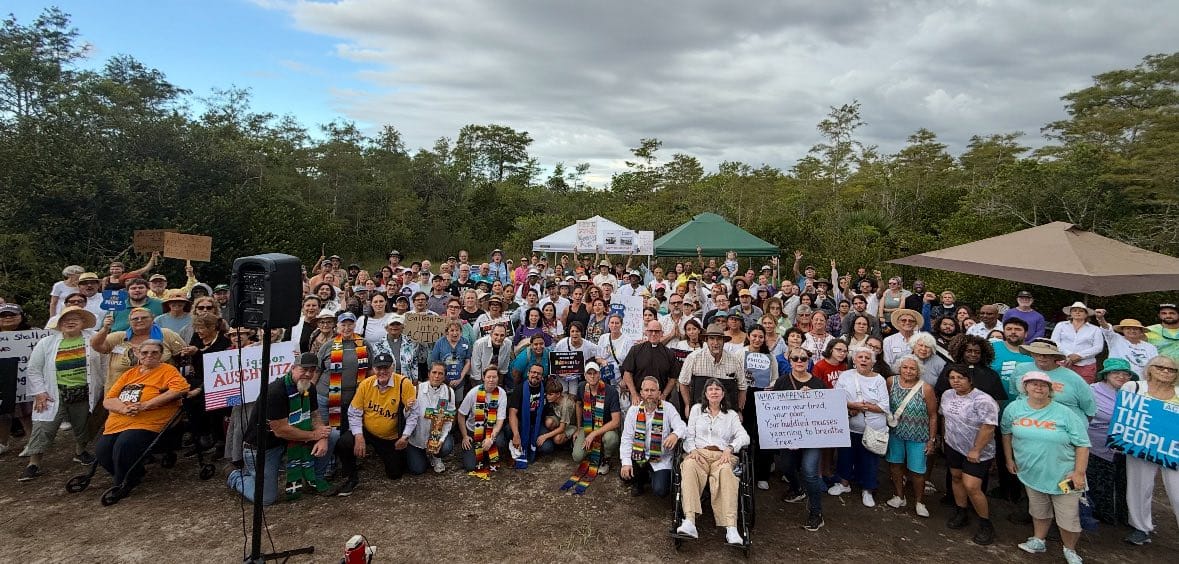
An estimated 250 people showed up to the event on Sunday, packed into an opening in the bald cypress wetland directly across from the entrance to what was, until just two months ago, the training airport in the middle of the Everglades.
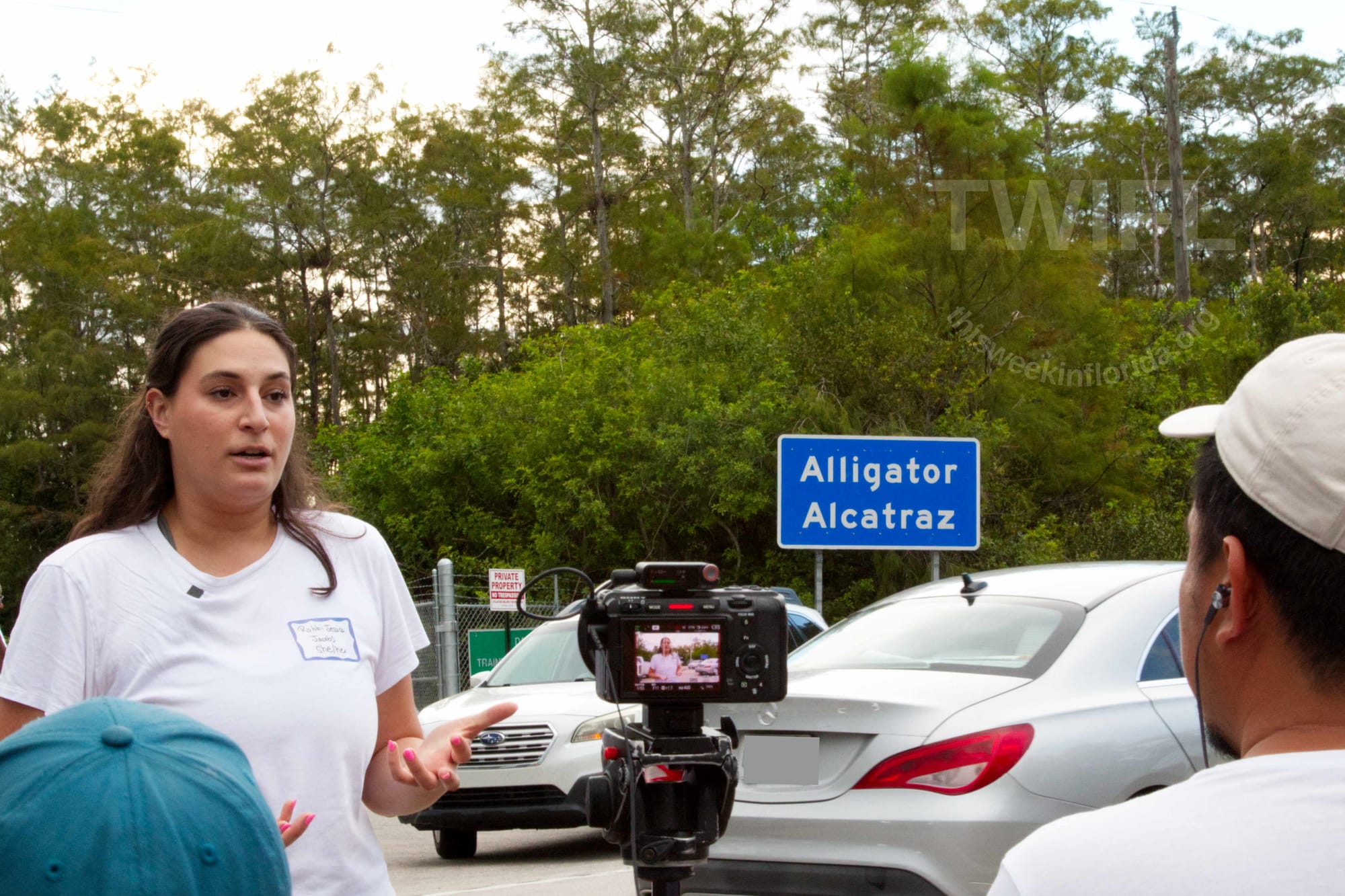
“The Torah teaches us that every human being is ‘B’tzelem Elohim’ — created in the image of God — and therefore we should treat every human being as if we each have a spark of divinity in us,” said Rabbi Jessica Jacobs of Temple Beth Sholom of Miami Beach at the event. “The holiness of a human is not linked to their immigration status, or their birth place, their language of origin, their ethnicity, or their job.” Rabbi Jacobs in on the committee that has worked with the Miccosukee Tribe of Indians to create these prayer vigils.
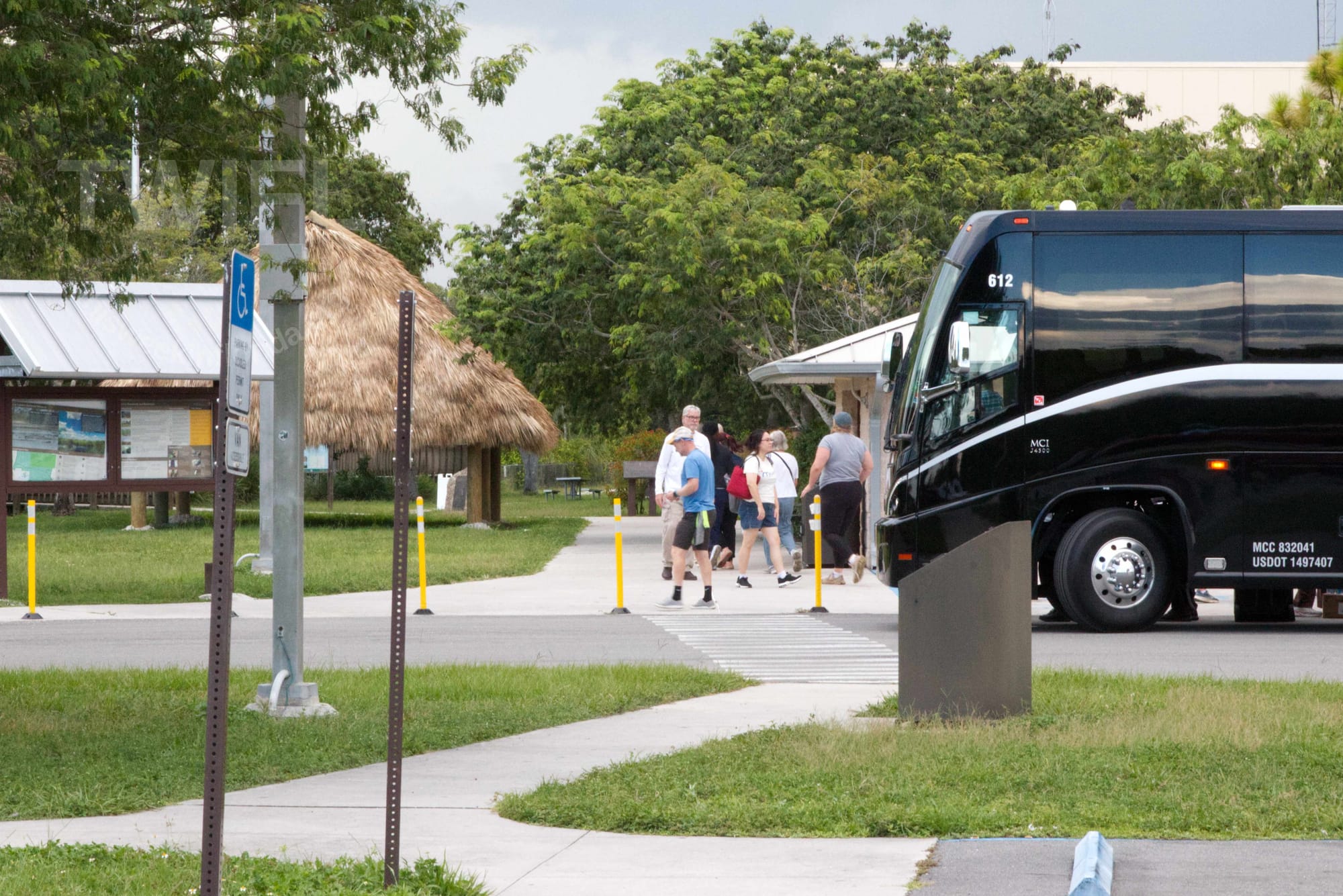
How did these prayer vigils, which are drawing people from all over the long state of Florida, including a busload from Tampa, 200 miles away, come to be?
On 9-July-2025 the Religious Action Center of Reform Judaism and The Workers Circle, a separate Jewish organization, convened a committee to discuss an interfaith coalition to address the issues created by the detention center in the heart of the Everglades. They reached out to non-profit groups such as Miami's People Acting for Community Together, as well churches and mosques, to take action against what they believe to be unjust treatment of immigrants, patterned on their successful campaign to end the children's prison for immigrants in Homestead, Florida (a suburb of Miami) in 2019.

The coalition working to end the detention center in the heart of the Everglades seeks unity, not division, as it calls on the language of love for neighbors found in the holy scriptures and traditions of most faiths. Despite major differences in beliefs, they seek shared language for how to address the treatment of immigrants and a persistent, continued presence until the detention center is shut down.
When that happens, they plan to follow the detained immigrants, wherever they are transferred, which right now looks like it will be at a prison being re-opened in the northern part of Florida, to advocate for humane treatment.
Because all of the people involved with this protest through prayer want people to be human beings again.



